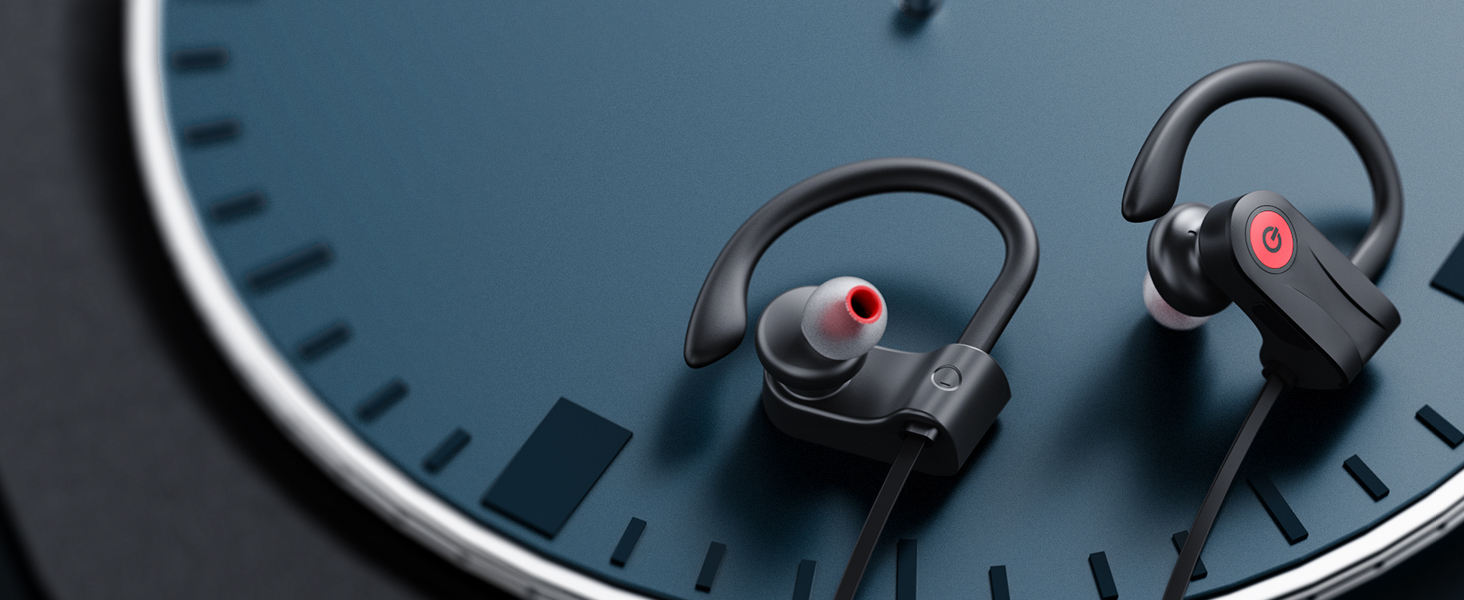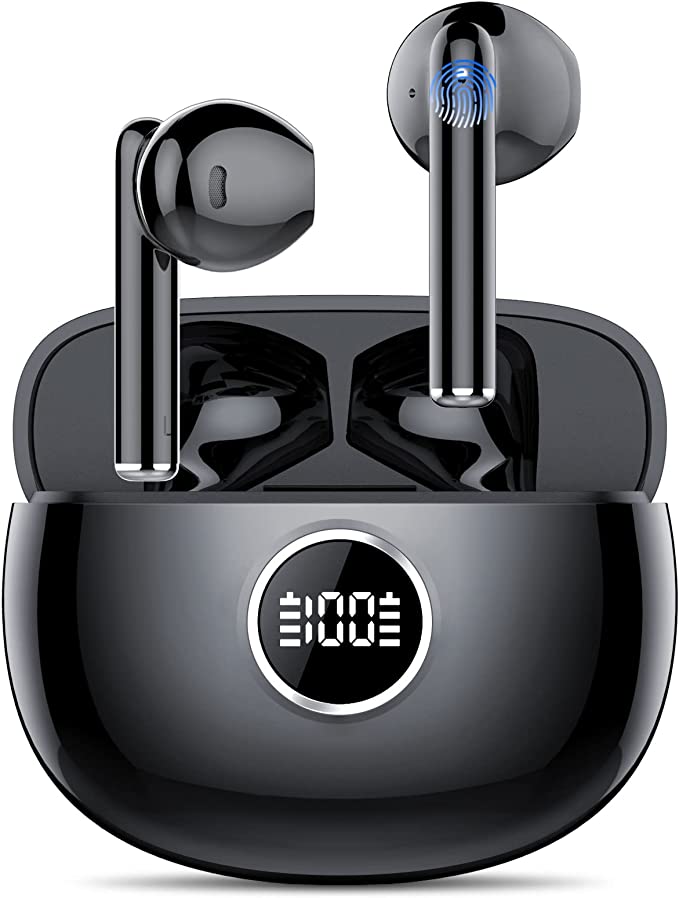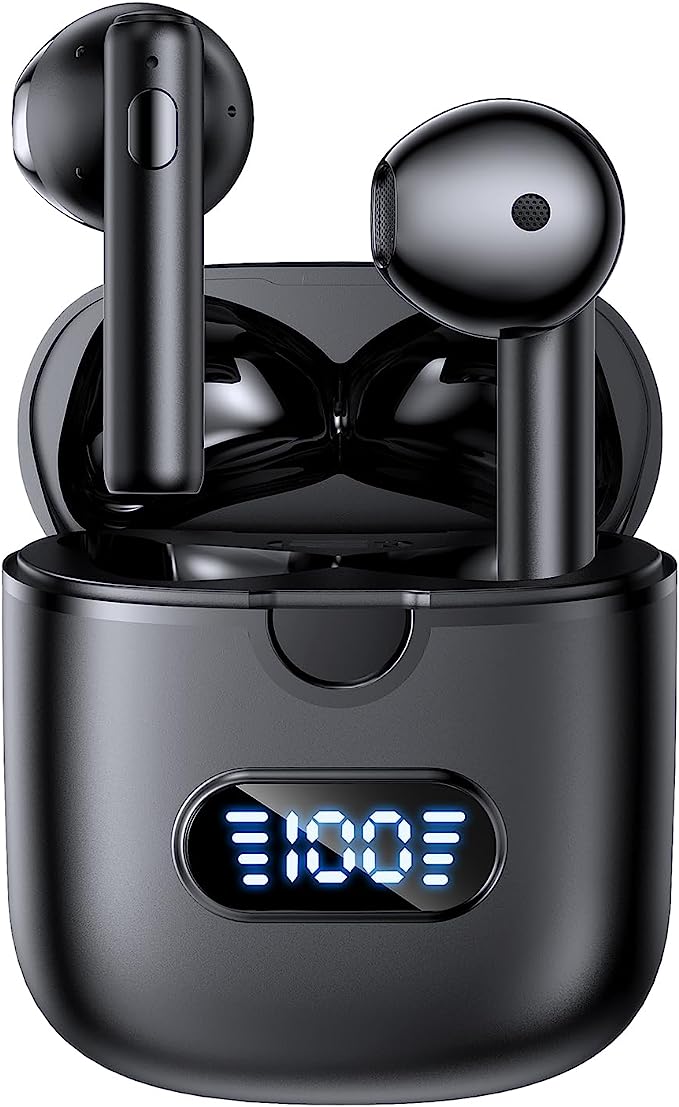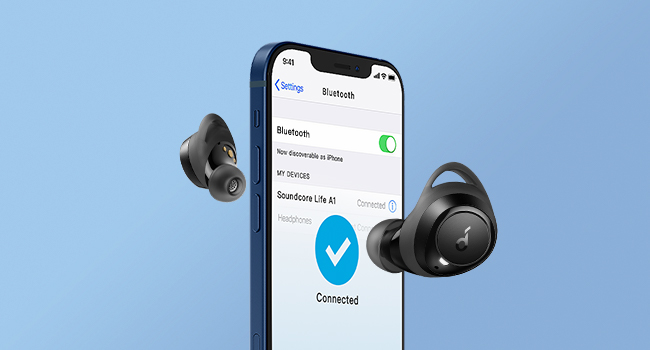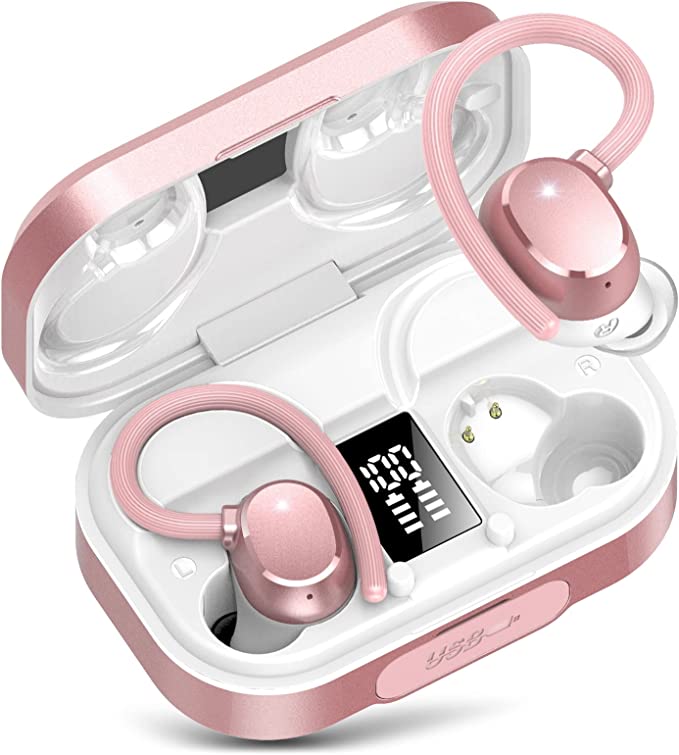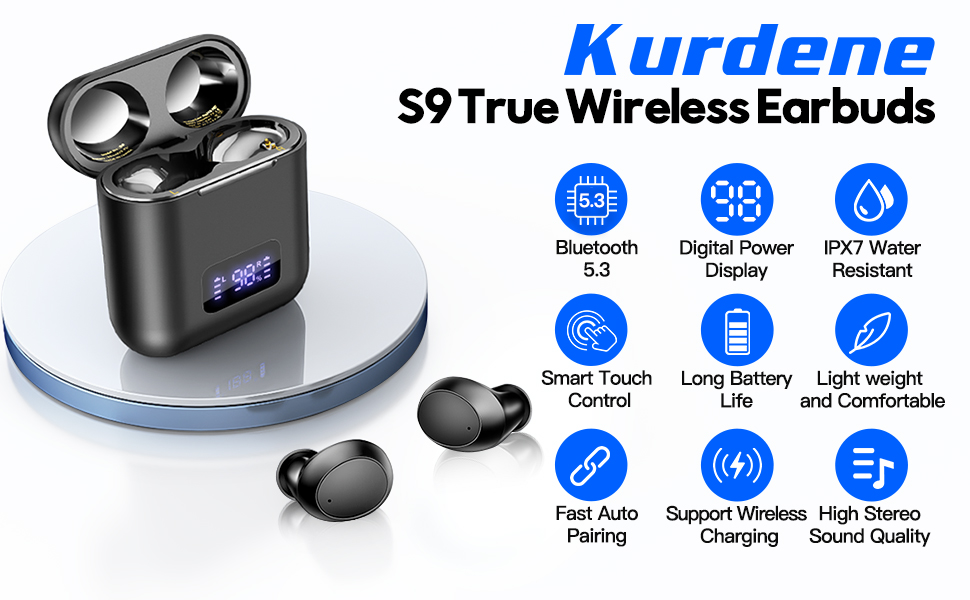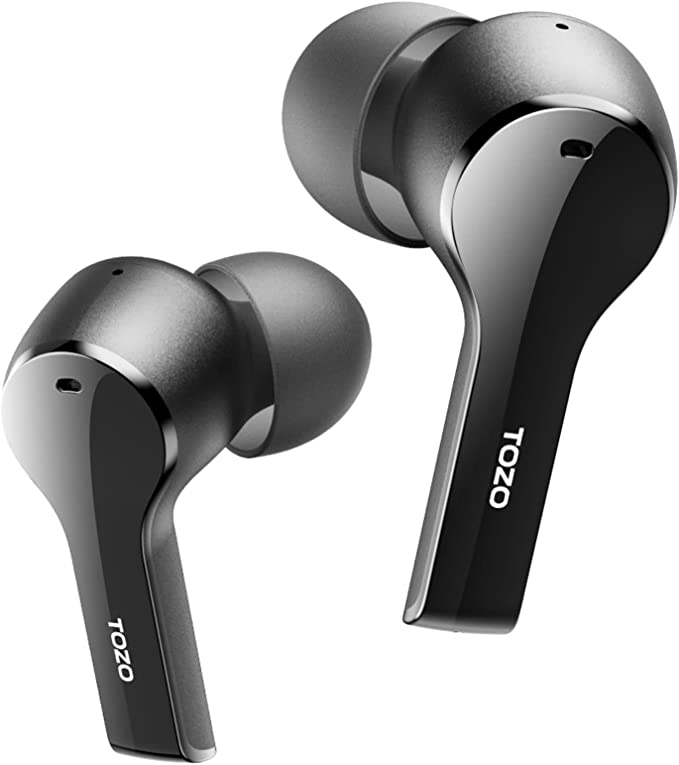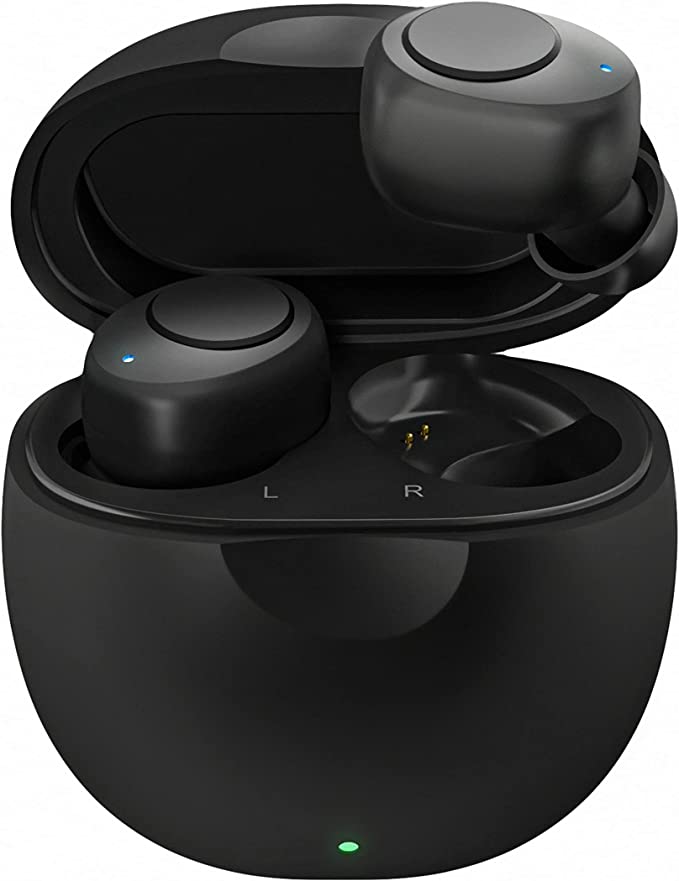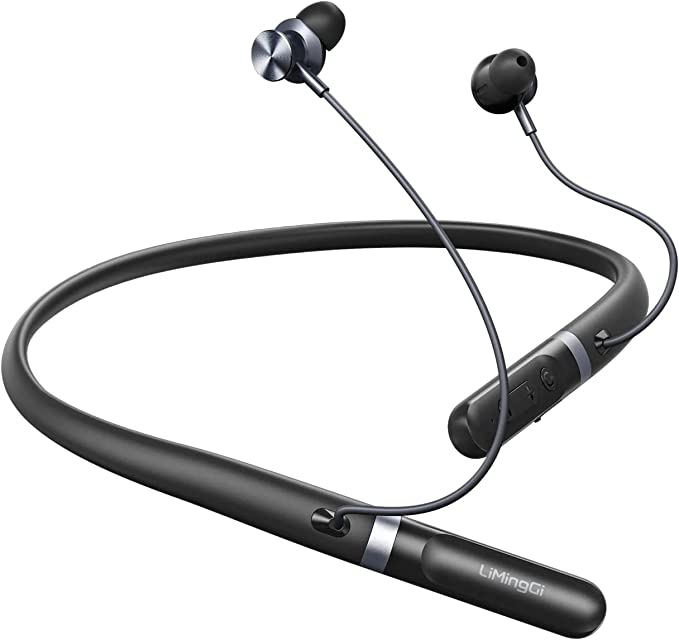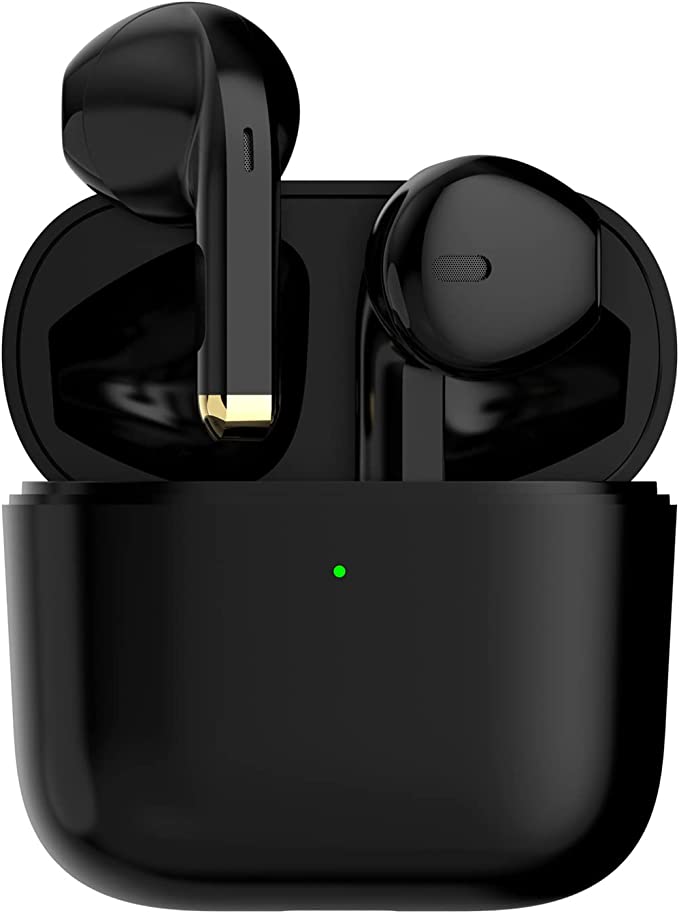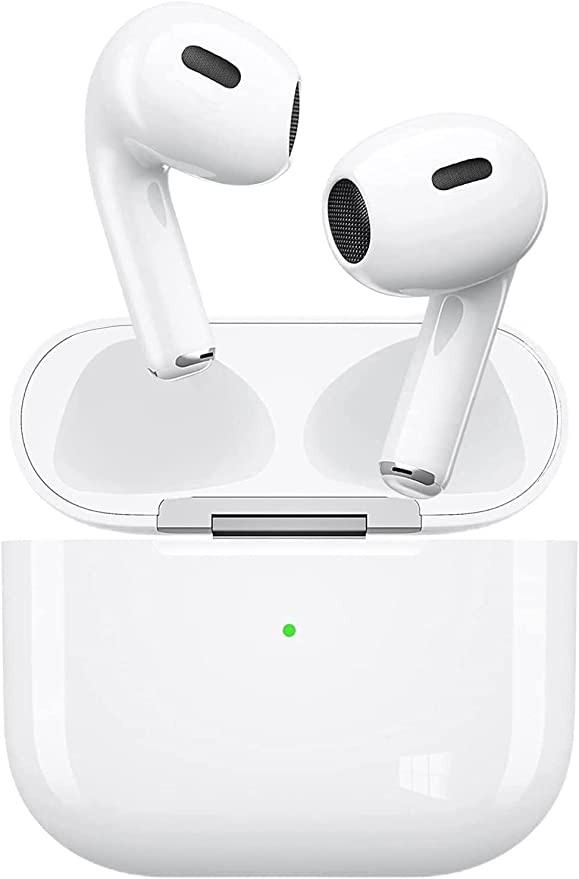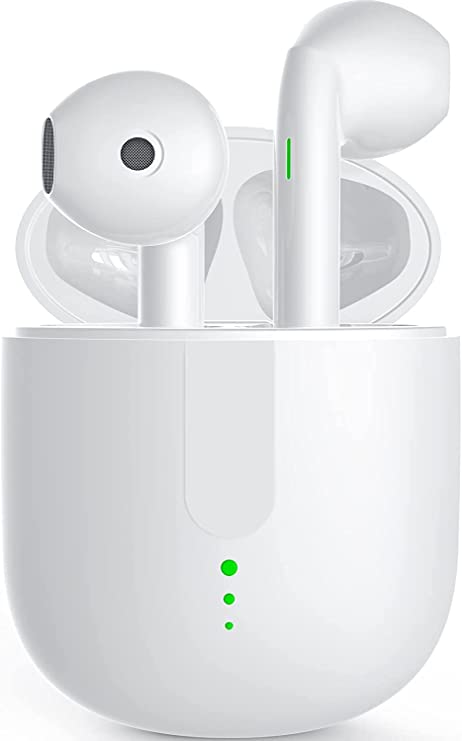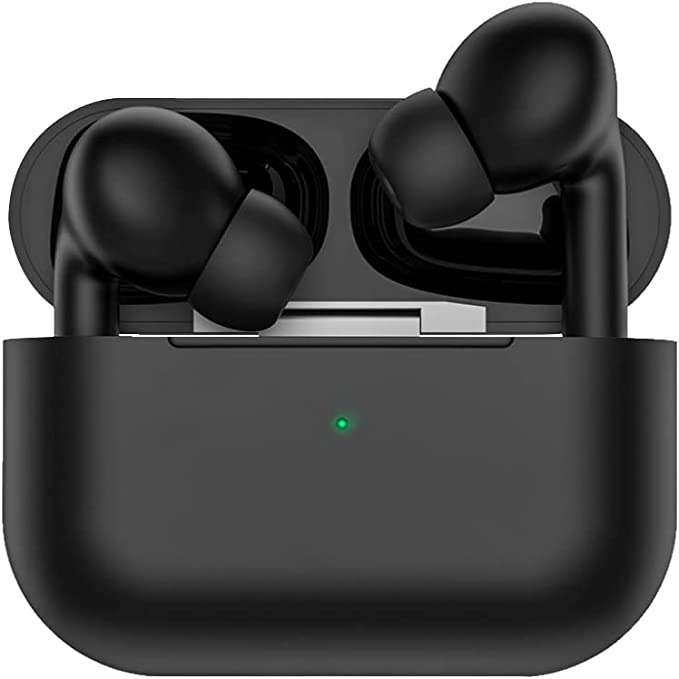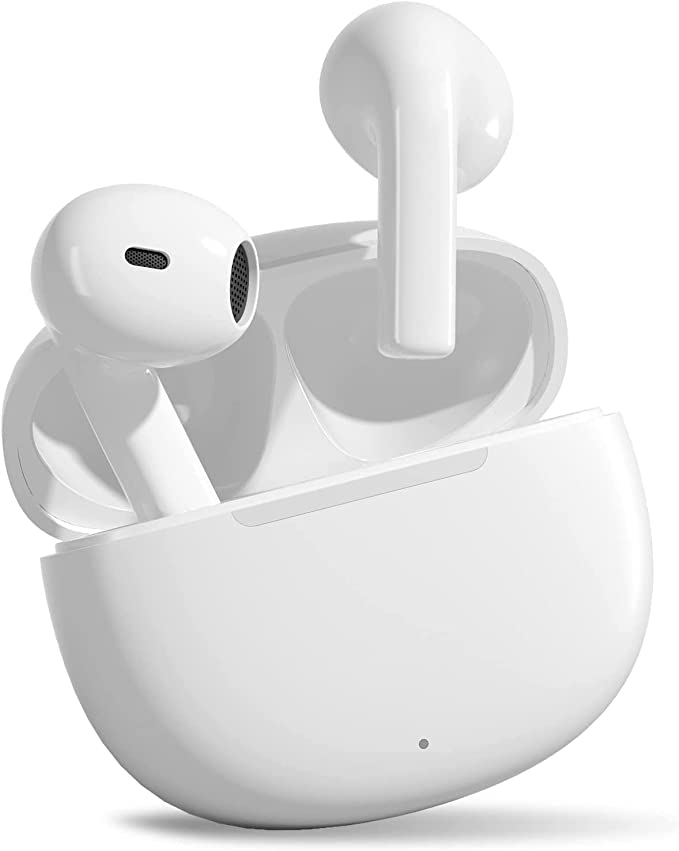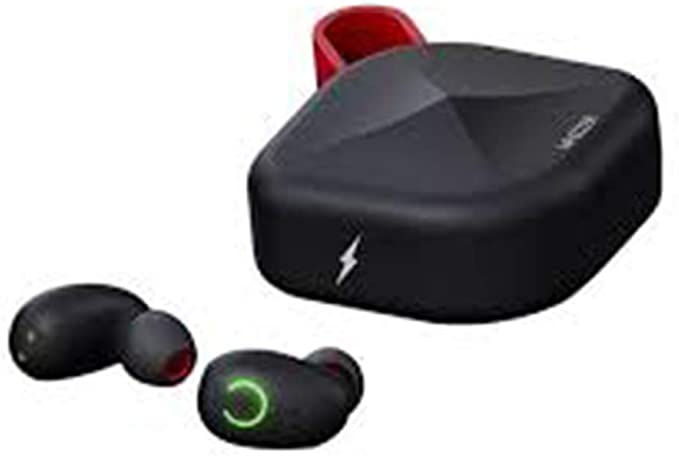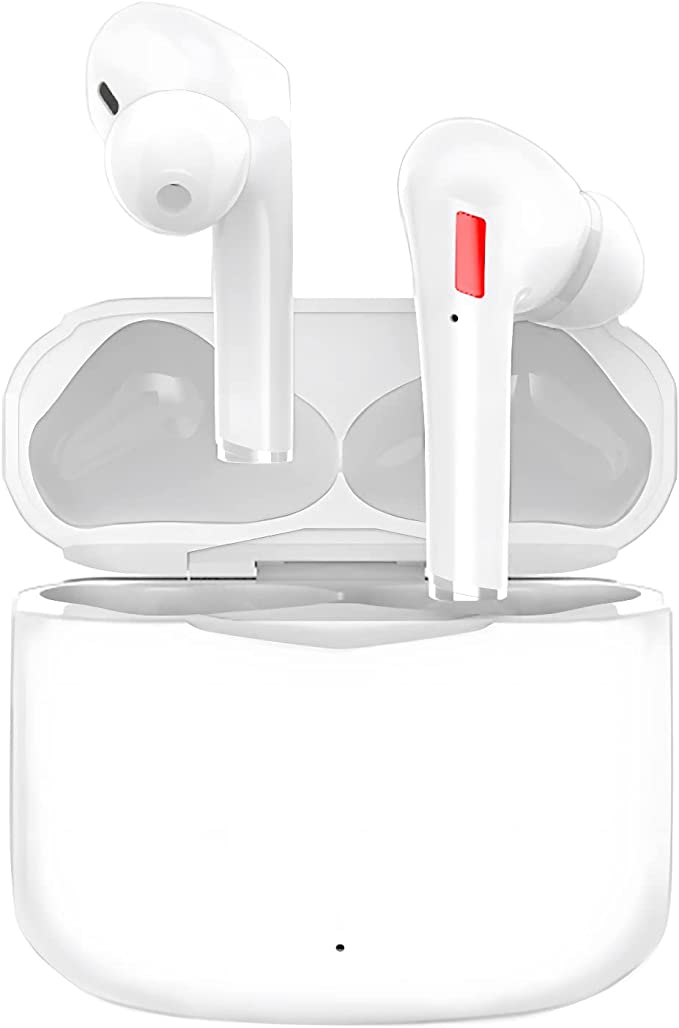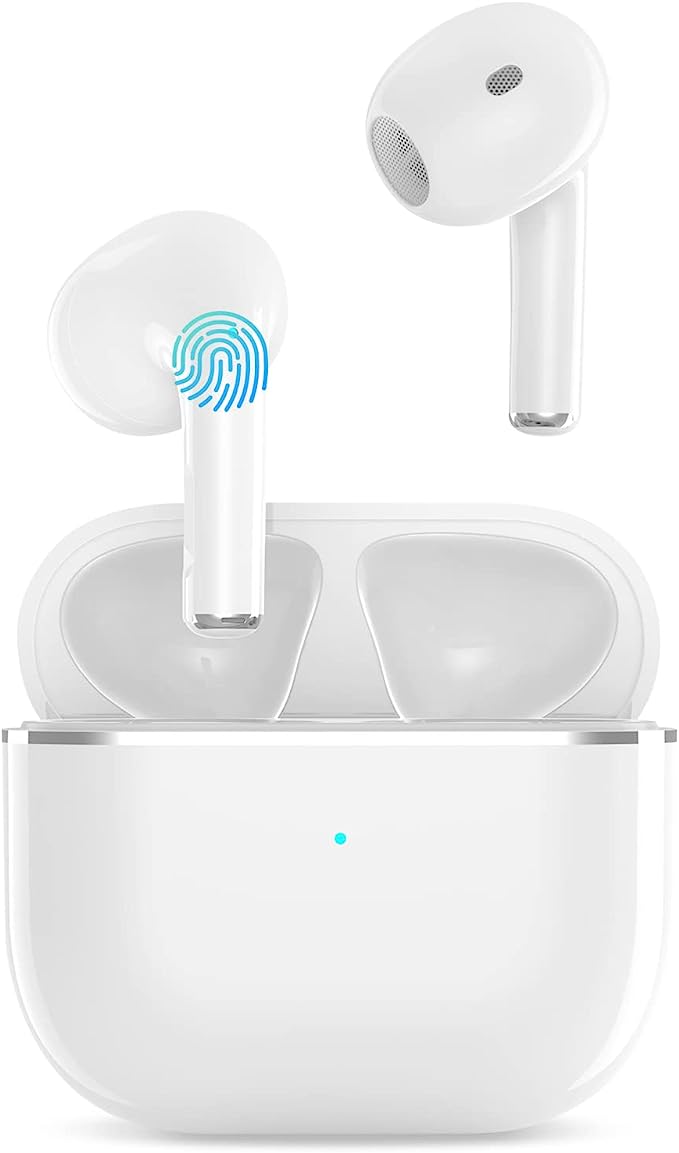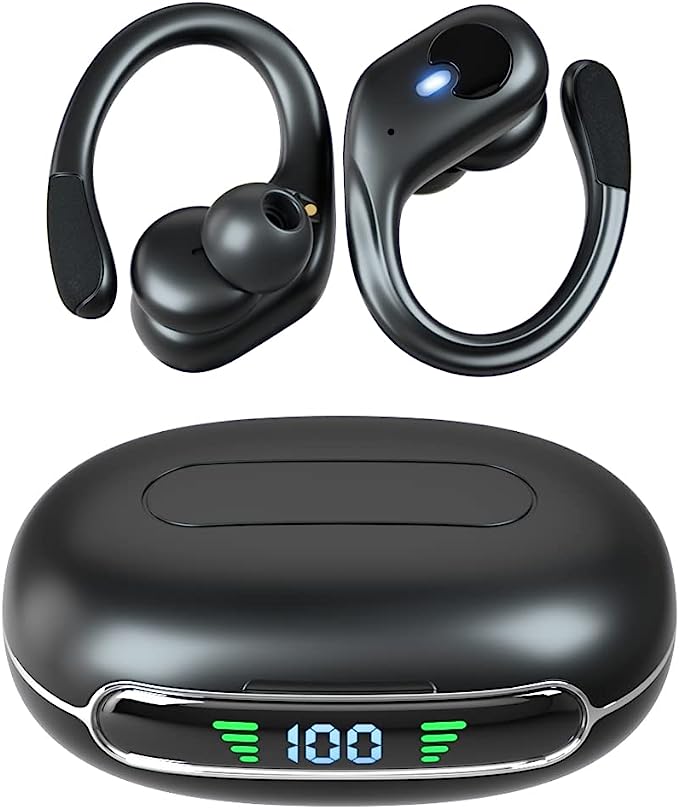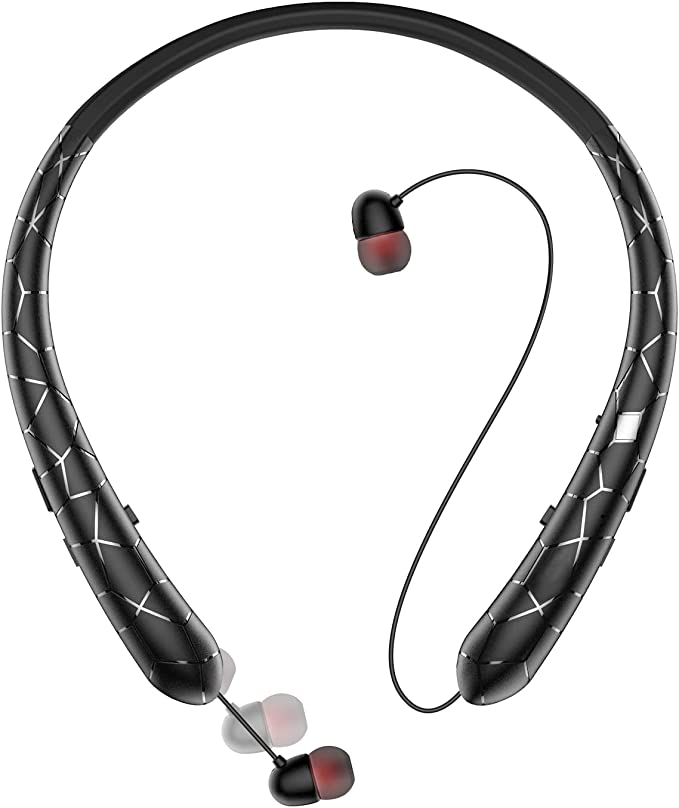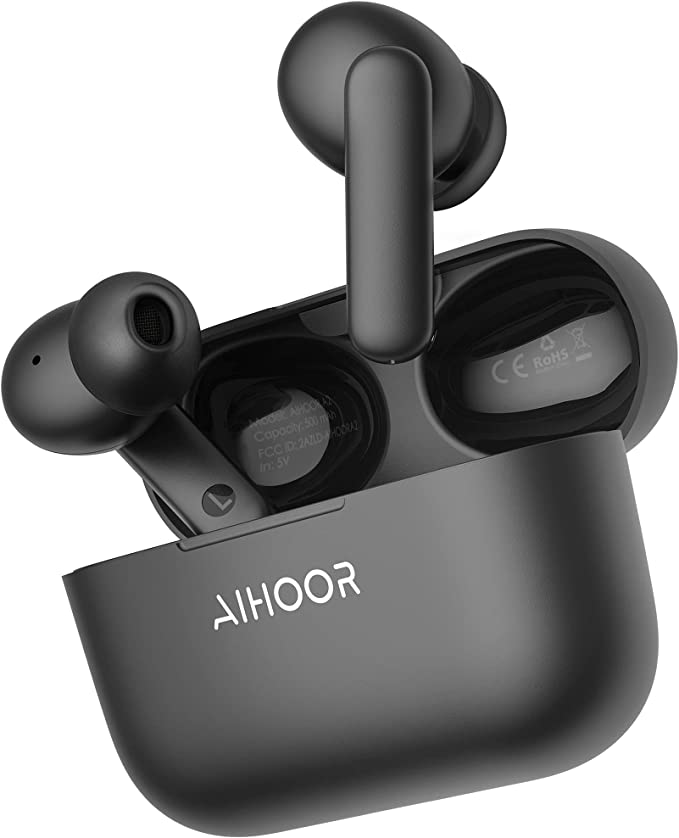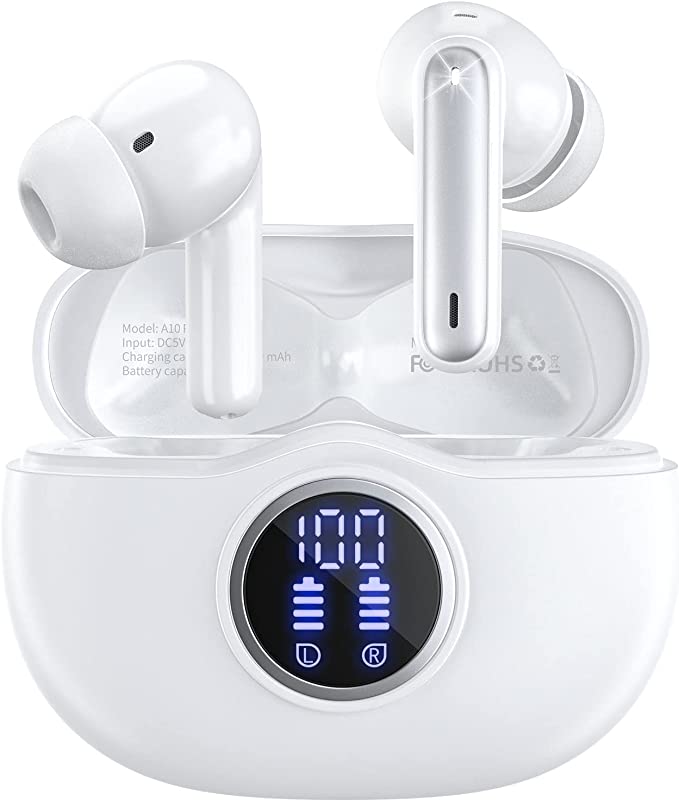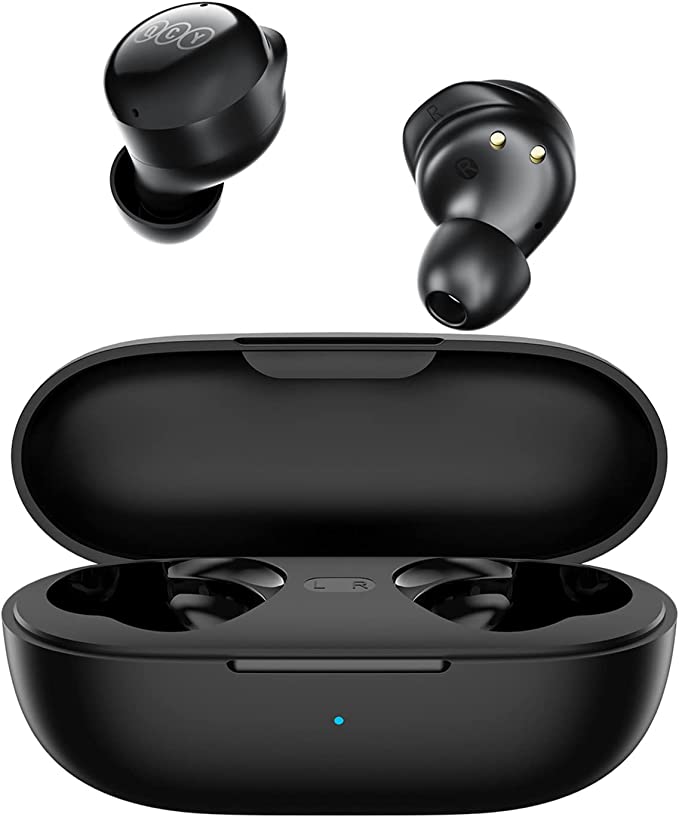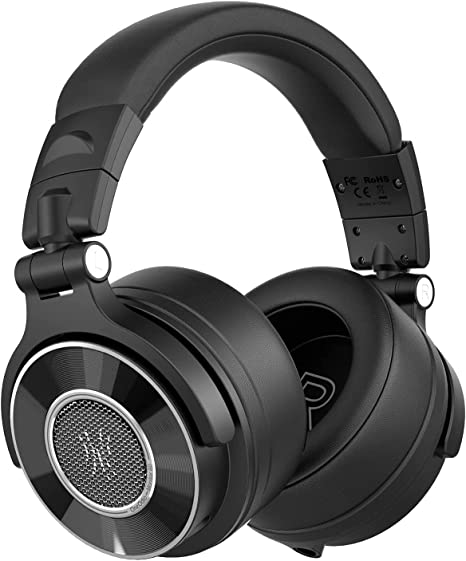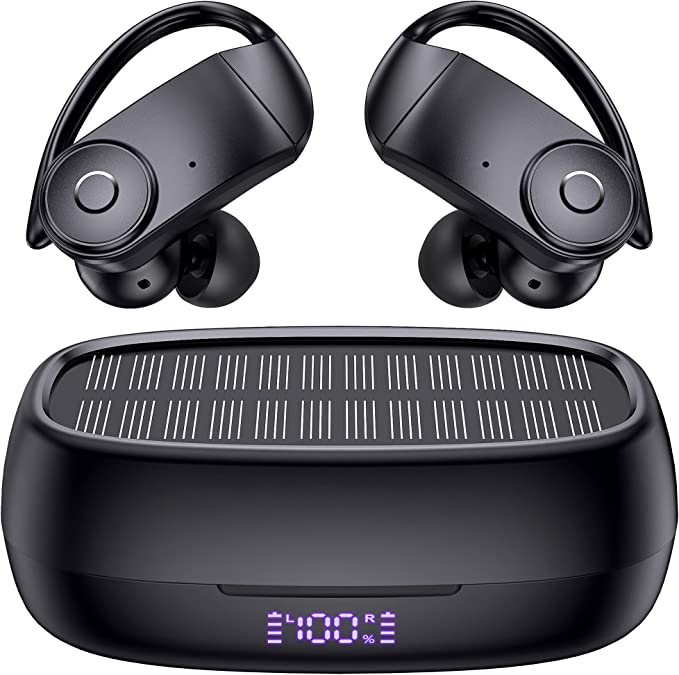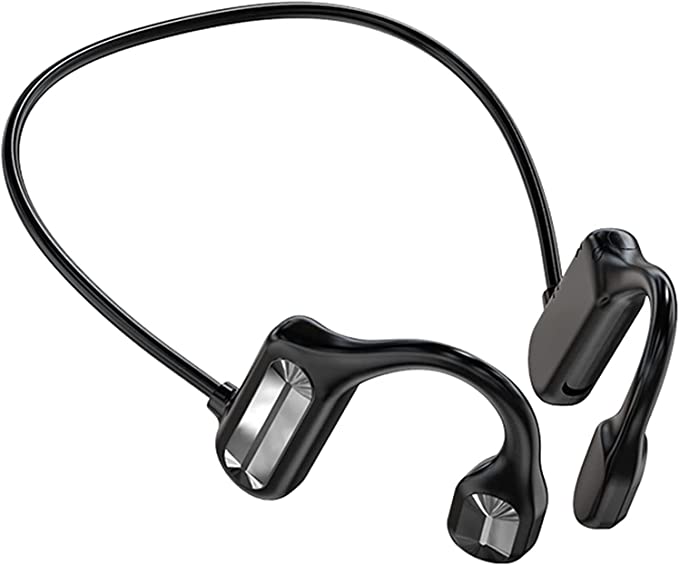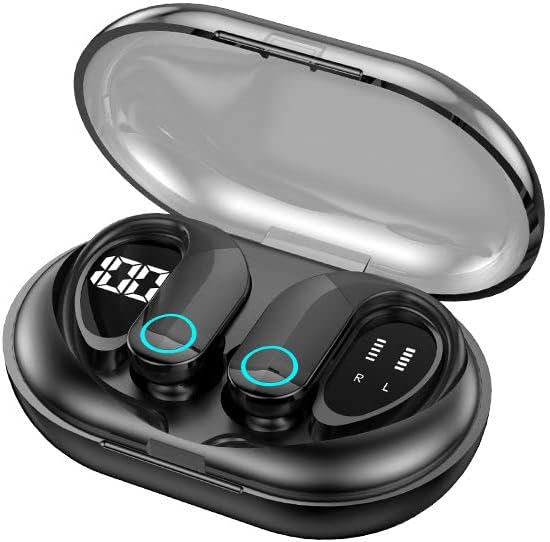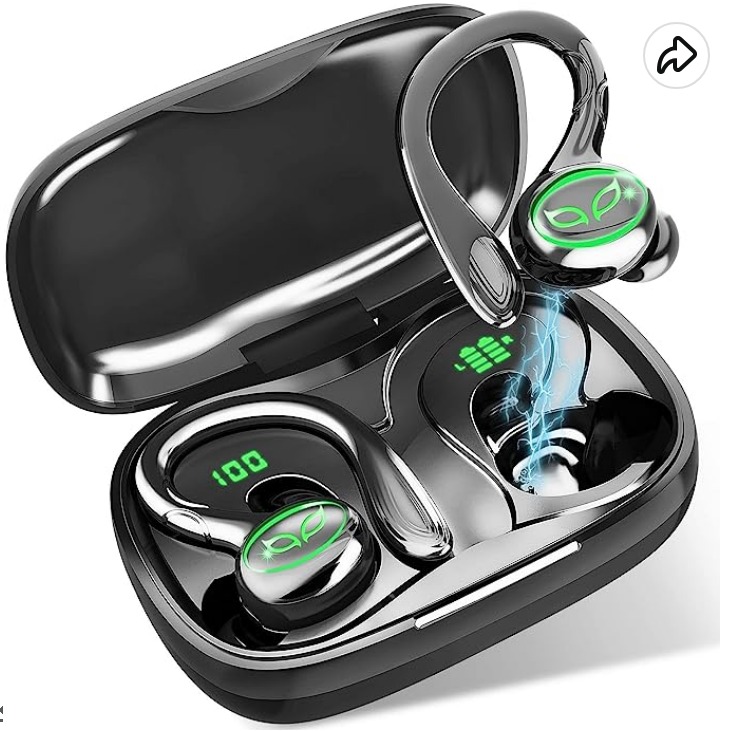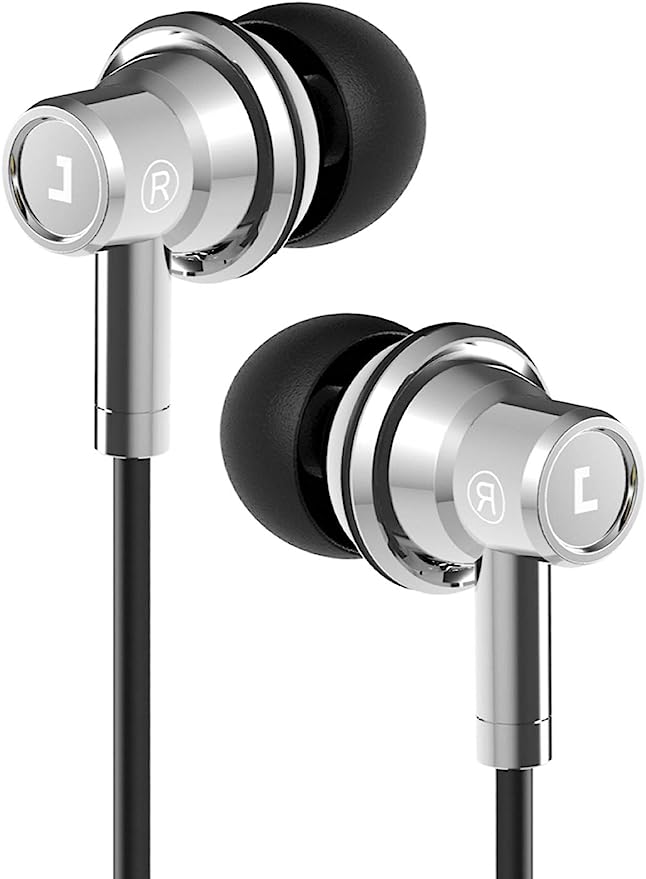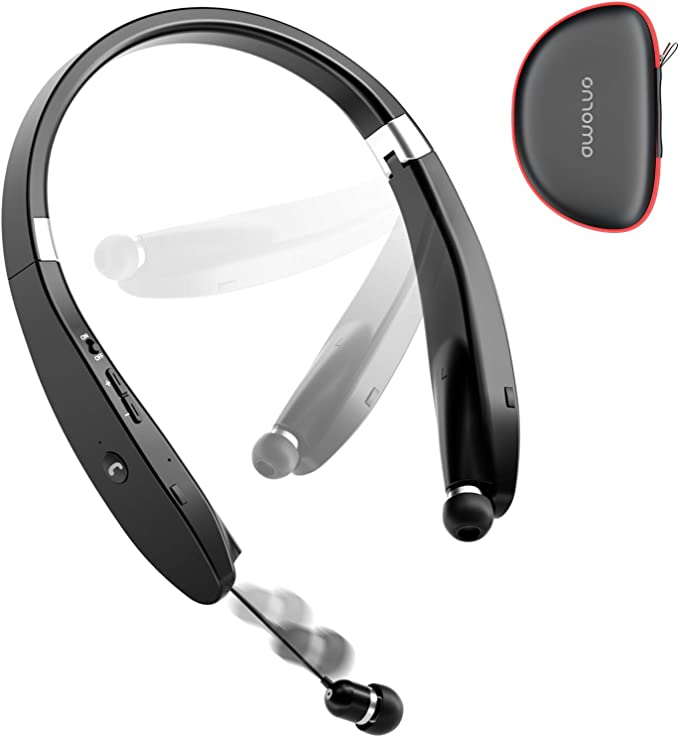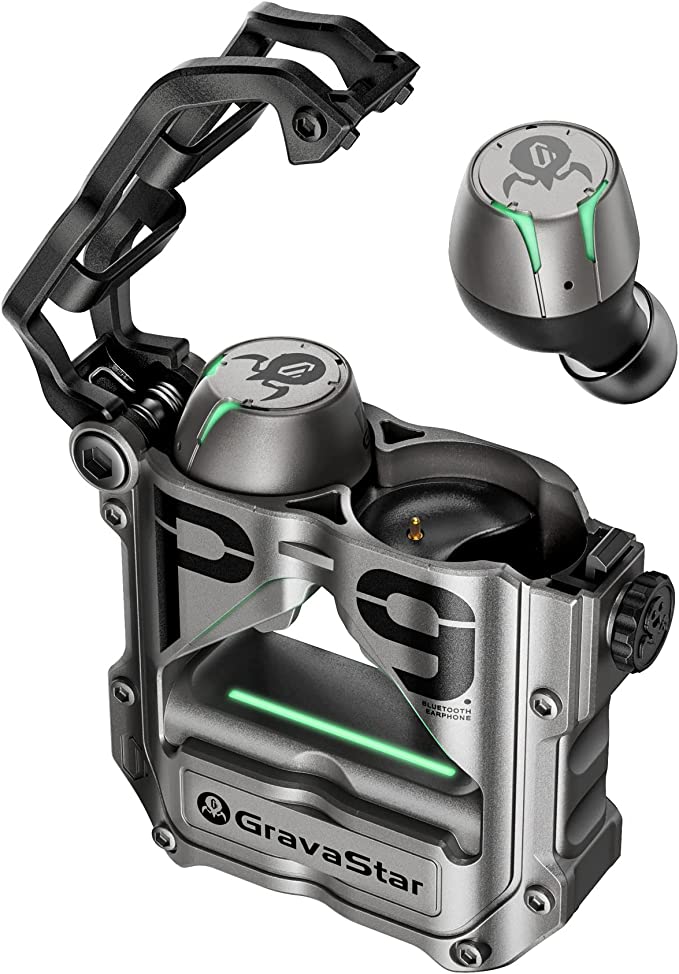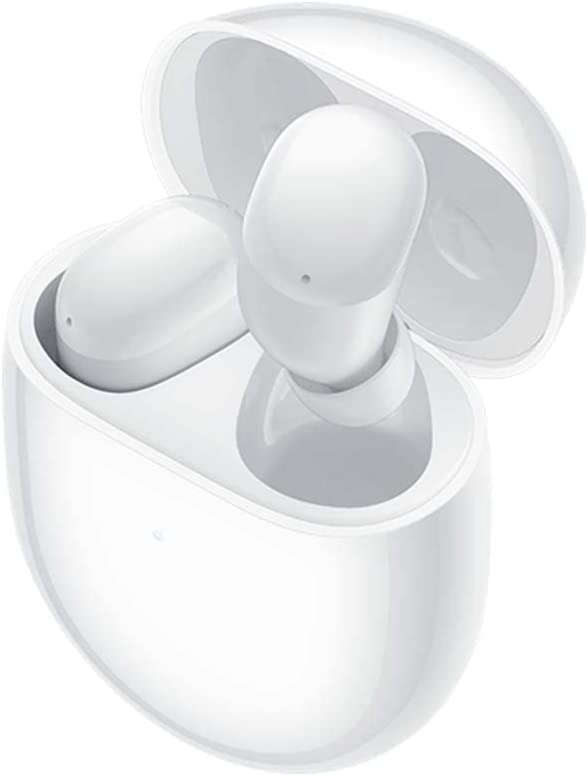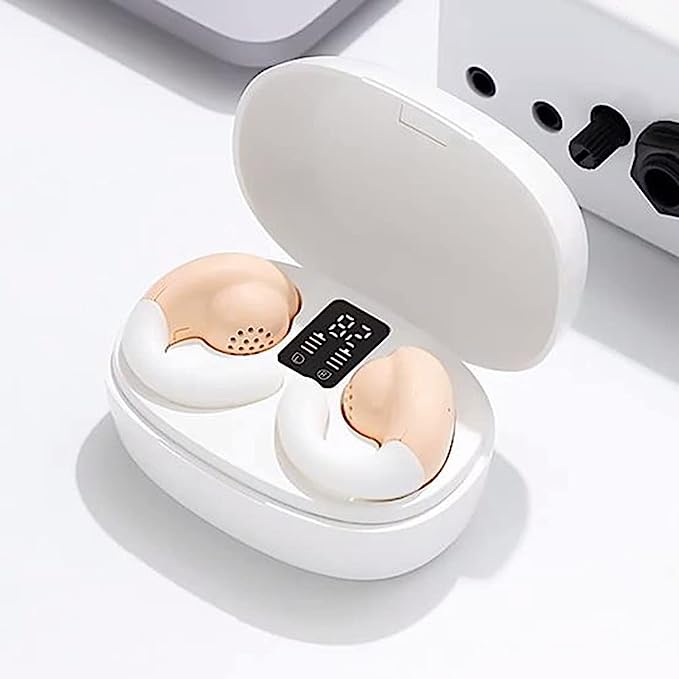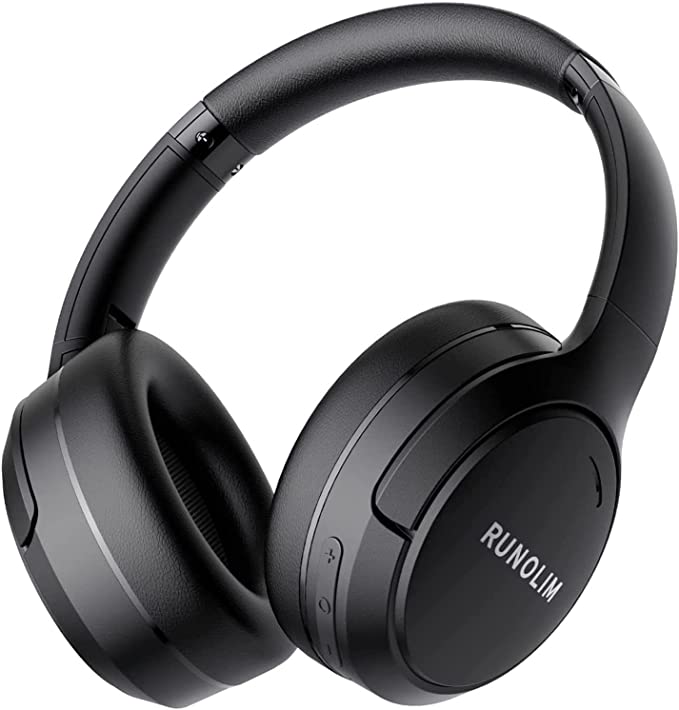Beyond the Buzzwords: A Practical Guide to Earbud Tech (CVC 8.0, Bluetooth 5.4, & IPX7 Explained)
Update on Oct. 30, 2025, 11:39 a.m.
Shopping for new wireless earbuds can feel like trying to read an alien language. The box is covered in an “alphabet soup” of specs: CVC 8.0, Bluetooth 5.4, IPX7, ANC… what does any of it actually mean?
It’s frustrating. You just want to know if they’ll stay connected, sound good on calls, and survive a sweaty workout.
If you’ve felt this way, you’re in the right place. Welcome to the “demystification” guide.
I’m here to be your mentor and translator. We’re going to cut through the marketing jargon and break down the three most important (and confusing) specs you’ll see on a modern earbud box. By the end of this, you’ll be able to look at a spec sheet and know exactly what you’re paying for.
To make this practical, we’ll use a real-world example as our “case study” to see how these features come together: the chalvh B01 wireless earbuds.

Let’s get started.
Part 1: The Call Clarity — CVC 8.0 (And Why It’s NOT ANC)
This is, without a doubt, the most misunderstood term in audio. When most people see “noise cancellation,” they think of the “bubble of silence” you get on an airplane.
That is Active Noise Cancellation (ANC). ANC uses microphones to listen to the world around you and creates an “anti-noise” wave to cancel it out so you hear less of the world and more of your music.
CVC 8.0 (Clear Voice Capture) does the exact opposite.
- CVC is for your caller, not for you.
- Its job is to make your voice crystal clear to the person on the other end of the phone call.
How CVC 8.0 Actually Works
Think of CVC as a smart bouncer for your voice. When you’re on a call, the earbuds’ microphones (often two per earbud) are listening to everything.
- Microphone 1 (The VIP): This mic is aimed at your mouth to capture your voice.
- Microphone 2 (The Crowd): This mic listens to all the “noise” around you—the wind, the coffee shop chatter, the traffic.
The CVC 8.0 chip is the bouncer. It instantly analyzes both signals. It knows the unique signature of your voice and puts it on the “VIP list.” It then identifies all the other sounds as “crowd noise” and actively suppresses them, filtering them out before your signal is sent to your caller.
The spec sheet for the chalvh B01, for example, notes that CVC 8.0 can reduce background noise by up to 30 decibels ($30 \text{ dB}$). On the logarithmic decibel scale, that’s an enormous difference. It’s the difference between your caller hearing “WHoooOOSHshh (are you there?) shhsssh” and “Yes, I’m walking outside, but I can talk.”
The Mentor’s Takeaway: Don’t buy CVC 8.0 expecting it to silence your office. Buy it if you make important calls on the go and want to sound professional, not like you’re in a wind tunnel.
Part 2: The Connection — Bluetooth 5.4
Bluetooth versions are confusing. We see a new number every year (5.2, 5.3, 5.4), and it’s easy to dismiss it as a minor update. But the jump to 5.4 is actually a significant one for everyday reliability.
The core challenge for all Bluetooth devices is interference. You’re not in an empty void; you’re in a “digital warzone.” The 2.4 GHz frequency band that Bluetooth uses is crowded with Wi-Fi routers, smartwatches, microwaves, and everyone else’s headphones.
So, What Makes Bluetooth 5.4 Better?
Think of the 2.4 GHz band as a massive, 80-lane highway.
- Old Bluetooth: Your audio signal would randomly jump between lanes to avoid traffic. If it jumped into a “lane” (channel) that was suddenly congested by a Wi-Fi signal, your audio would stutter or drop.
- Bluetooth 5.4: This version introduces “enhanced channel classification.” It’s like giving your audio signal a real-time Waze or Google Maps. It’s much smarter and faster at identifying which lanes are congested and which are wide open. It plots a more stable, efficient route for your audio data.
Why this actually matters for you:
- Rock-Solid Stability: You’ll experience far fewer random dropouts when you’re in a crowded place, like a gym, an airport, or a busy office.
- Better Battery Life: A signal that isn’t constantly fighting interference and re-sending lost data uses less power. This efficiency is partly how a tiny earbud can claim 10 hours of playback on a single charge.
- Future-Proofing: It offers stronger encryption and better broadcast features, making it a more secure and capable connection for years to come.
The Mentor’s Takeaway: Bluetooth 5.4 isn’t a “gimmick.” It’s the new standard for reliability. If you’re tired of your music stuttering every time you walk into a busy area, a device with 5.4 (like our B01 case study) is a meaningful upgrade.
Part 3: The Durability — IPX7 Waterproofing
Here’s another spec that’s easy to misinterpret. Let’s decode “IPX7” piece by piece.
- IP: This stands for “Ingress Protection.” It’s a universal standard that measures how well a device is sealed against… well, stuff getting in.
- X: The first digit is for solids (like dust and sand). “X” doesn’t mean it has zero protection; it just means it wasn’t tested for a dust rating. (Pro-tip: A device sealed well enough for the next step is usually fine against dust).
- 7: This is the one you care about. This is the liquid (water) rating. And it’s a high one.
The “7” in IPX7 isn’t just a vague “water-resistant” promise. It’s a specific, verifiable test:
An IPX7 rating means the device is certified to survive being fully submerged in 1 meter (about 3.3 feet) of fresh water for up to 30 minutes.
What This Means for Workouts (and Life)
This is the gold standard for workout gear. Your sweat, even on the most intense run, is nothing compared to a 30-minute submersion. A device with an IPX7 rating is built to handle:
- Intense, sweaty workouts.
- Running in a torrential downpour.
- Accidentally dropping it in a puddle.
- Rinsing it off under a tap (though manufacturers usually advise against this, the rating means it can survive it).

This is also where design comes into play. A high waterproof rating is useless if the earbud falls out of your ear and into a storm drain. This is why many sports-focused models, like the chalvh B01, pair their IPX7 rating with a physical ear-hook design. The combination of the secure fit (so it won’t fall out) and the waterproofing (so sweat won’t kill it) is what truly makes a device “workout-proof.”
The Mentor’s Takeaway: If you sweat a lot or run in all weather, don’t settle for anything less than IPX7. It’s the difference between a device that lasts three months and one that lasts three years.
Putting It All Together: The Full Picture
Now, let’s look back at our case study. A device like the chalvh B01 isn’t just a random collection of parts. The specs are designed to work together to solve specific problems.
-
The Commuter’s Problem: Needs to take calls on a noisy train.
- The Solution: CVC 8.0 filters out the train noise for their caller.
-
The Athlete’s Problem: Needs music that won’t drop out in a crowded gym and won’t die from sweat.
- The Solution: Bluetooth 5.4 provides a stable connection, while IPX7 + the ear-hook design provide the sweat-proof, secure fit.
-
The “All-Day User’s” Problem: Hates having to charge their devices constantly.
- The Solution: The efficiency of Bluetooth 5.4 contributes to a long single-charge battery life (10 hours), and a large-capacity charging case (adding another 40-50 hours) provides “battery anxiety” relief. The dual LED display on the case, showing the charge for both the case and the individual buds, is a practical feature that supports this all-day use.

Your New Superpower
Congratulations—you’re no longer a passive shopper. You’re an informed user who can read the “secret language” of tech specs.
The next time you’re looking for earbuds, you won’t be fooled by flashy marketing. You’ll be able to look at the box and think:
- “This has CVC 8.0, so my work calls will sound great.”
- “This only has Bluetooth 5.0, so the connection might stutter in my busy office. I’ll look for Bluetooth 5.4.”
- “This is only IPX4. I sweat a lot, so I need to find an IPX7 model.”
Technology is at its best when it’s invisible, when it just works. Understanding what these specs do is the first step to finding a device that will seamlessly fit into your life, solve your problems, and let you get back to what matters—your music, your calls, and your workout.
